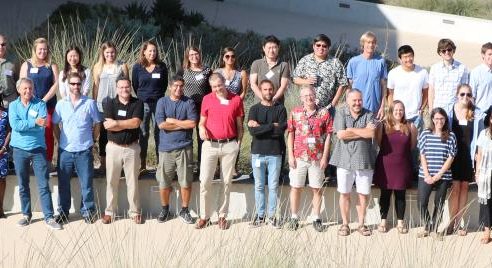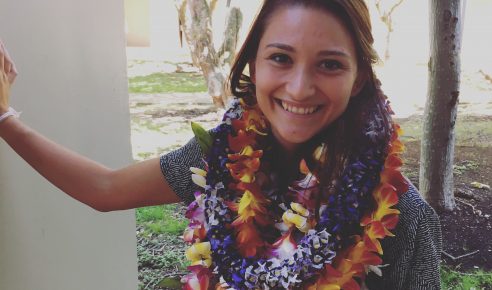Cole Monnahan1
1SAFS
February 26th, 2019 9:00 (PST): FSH 203
Overcoming long Bayesian run times in integrated fisheries stock assessments
Abstract: Bayesian inference is an appealing alternative to maximum likelihood estimation, but estimation can be prohibitively long for integrated fisheries stock assessments. Here, we investigated potential causes of long run times for four U.S. assessments written in AD Model Builder (ADMB), both custom built and Stock Synthesis models. Between regularization, parallel chains, and the more efficient no-U-turn sampler we found models ran thousands of times faster. In this talk, I will go into detail about the causes of slow run times, the largest of which is the effect of over-parameterization on posterior geometry and how that interacts with MCMC sampler efficiency. I will also discuss the technical details of the default Metropolis and no-U-turn samplers in ADMB and how tuning parameters can dramatically increase efficiency, all in the context of real stock assessments. Finally, I will demonstrate the new R package adnuts which presents a convenient framework for running parallel chains and exploring convergence with the interactive tool ShinyStan. Throughout I will contrast ADMB’s (and TMB’s) Bayesian capabilities with the popular program Stan. The goal of this informal, hands-on talk will be for assessment scientists to leave with the knowledge and tools necessary to try Bayesian inference on their assessments. Participants wishing to follow along should have a model build with ADMB v12.0 and the github.com development branch of adnuts installed.
 “
“

